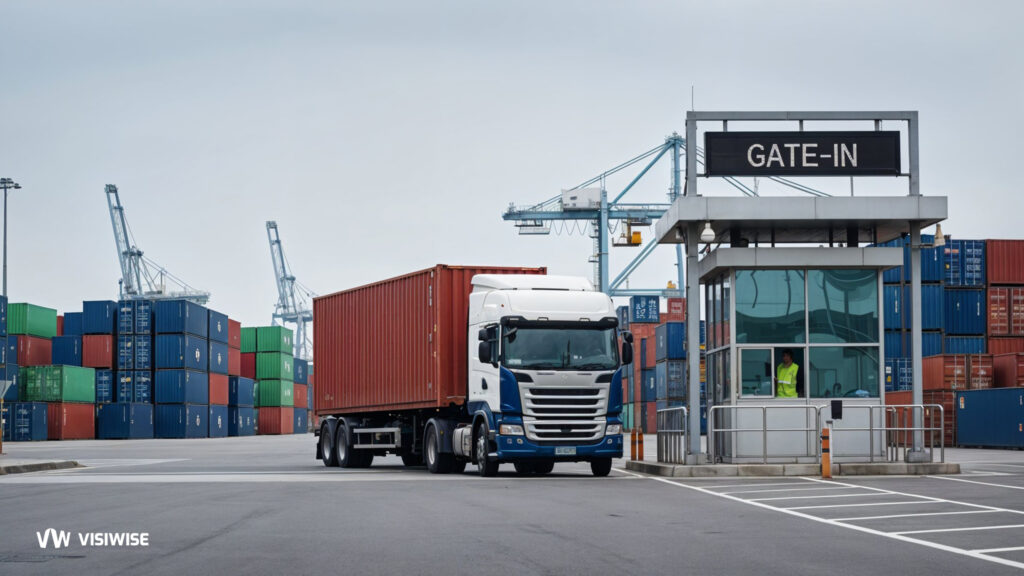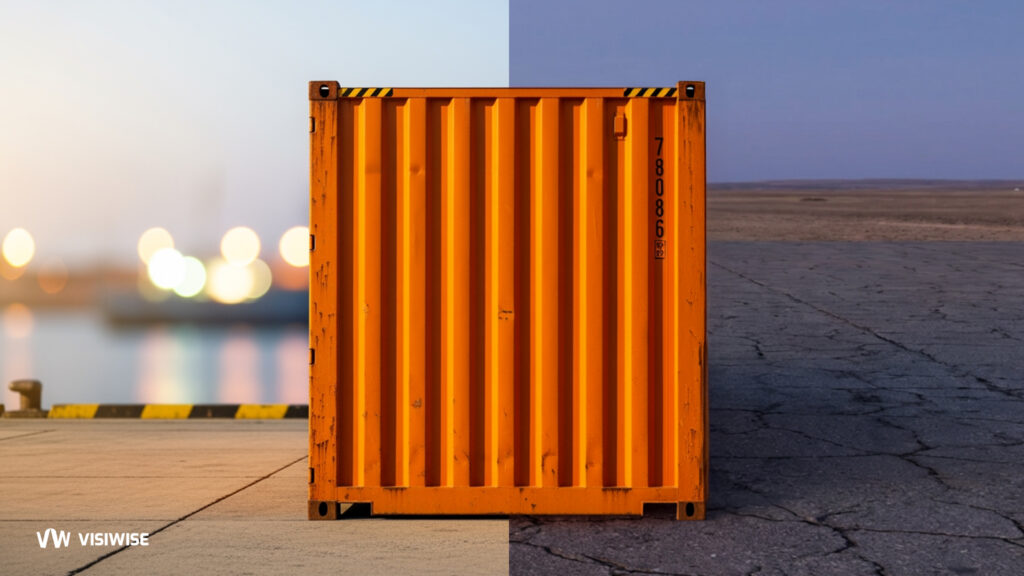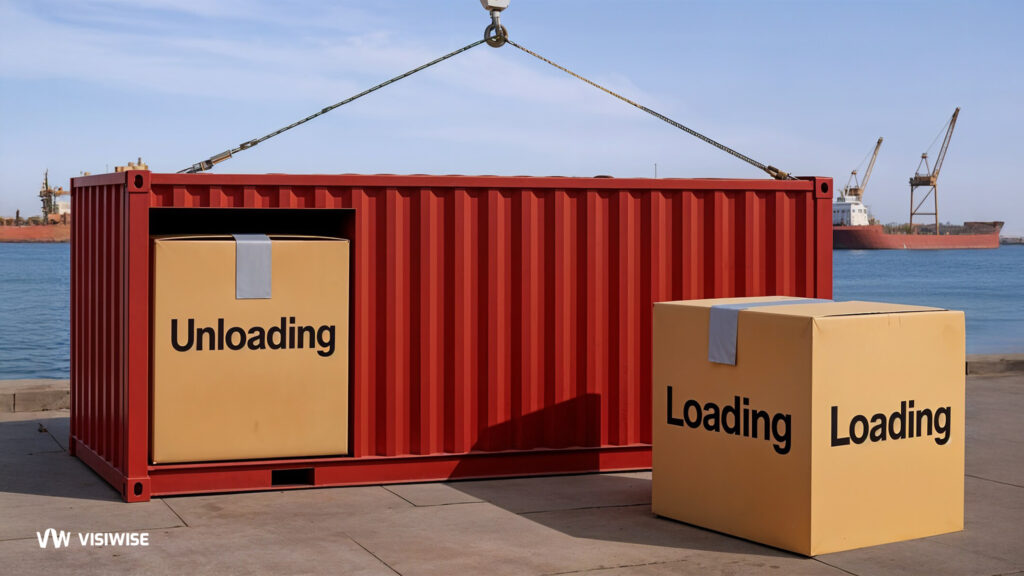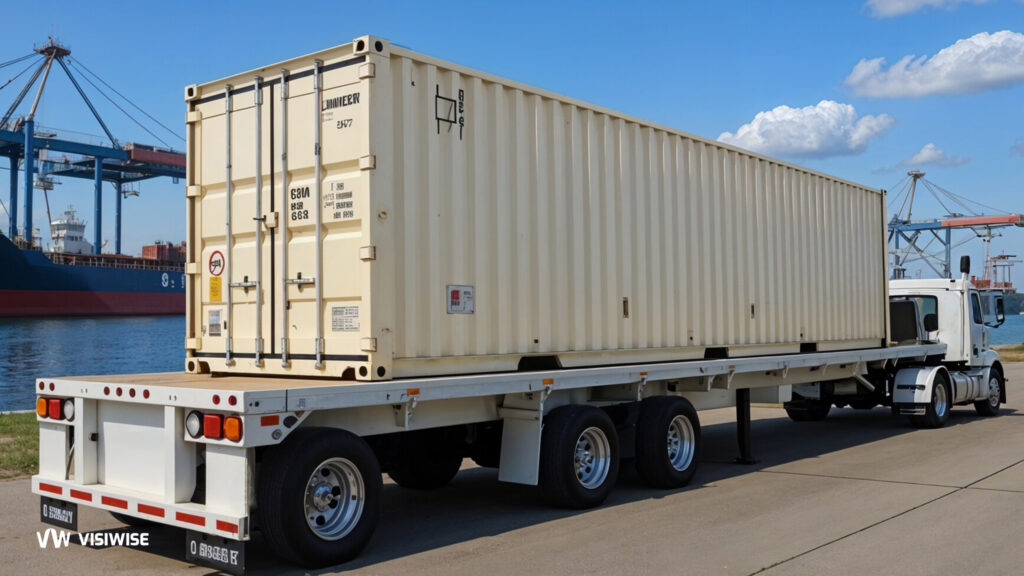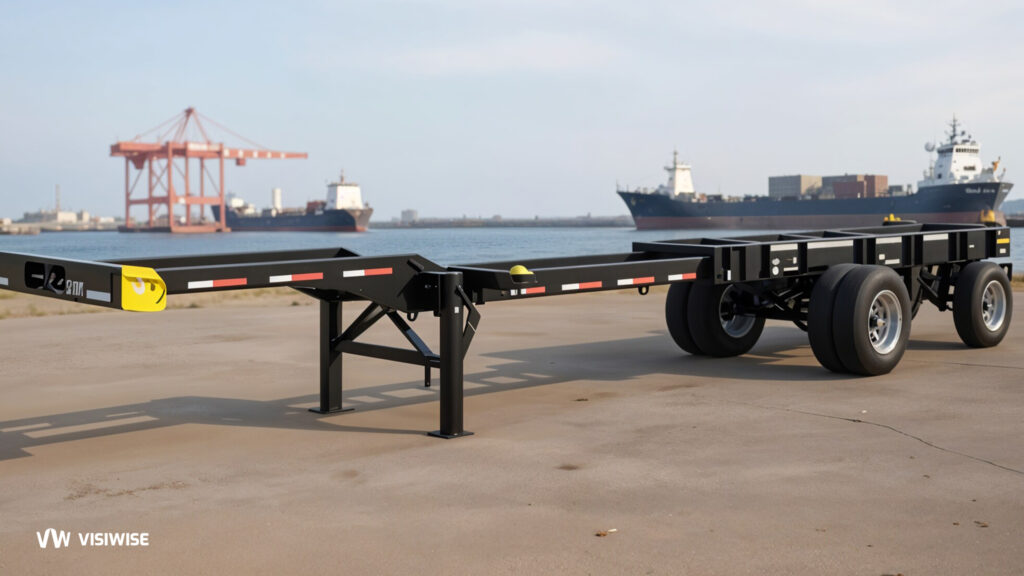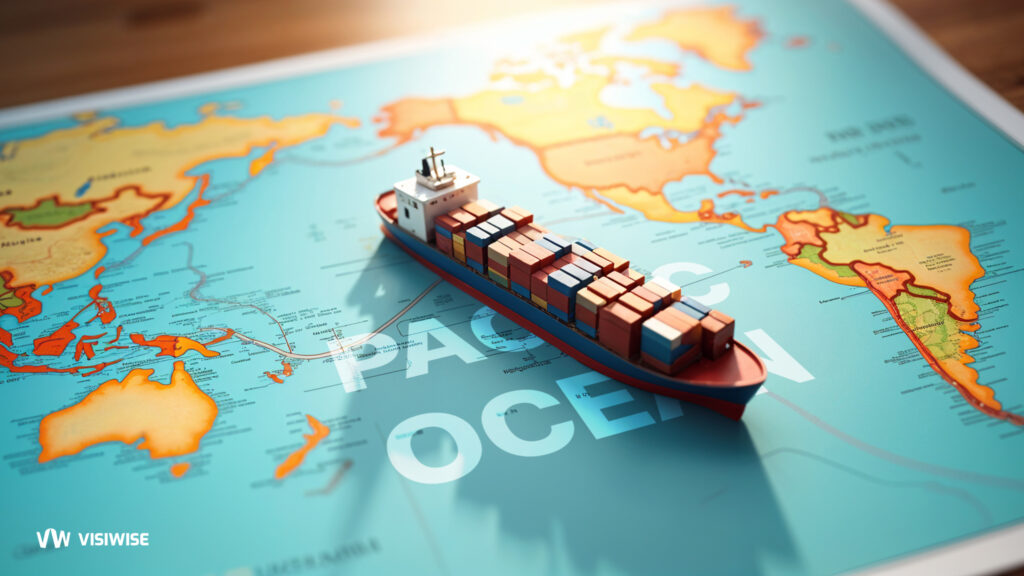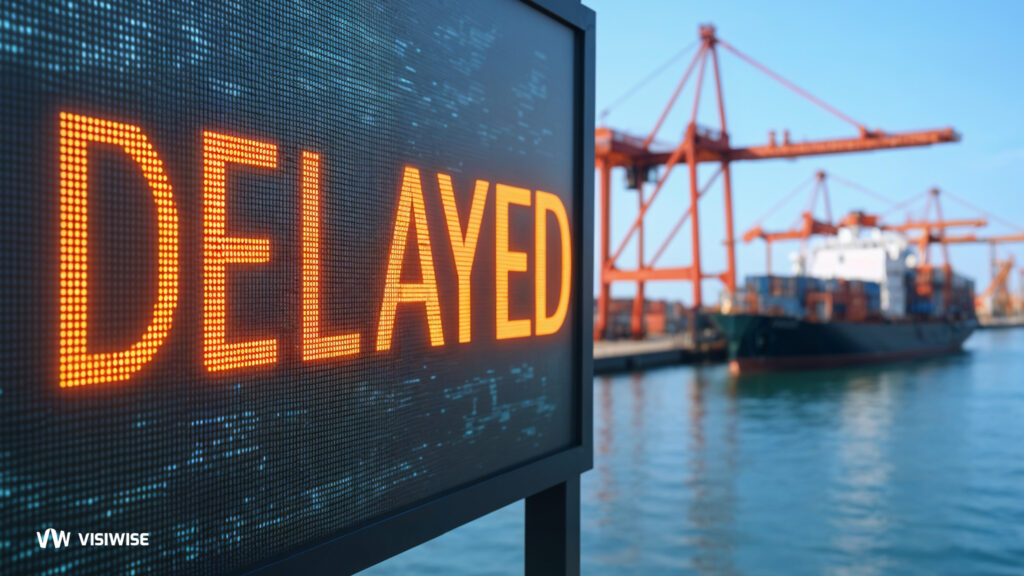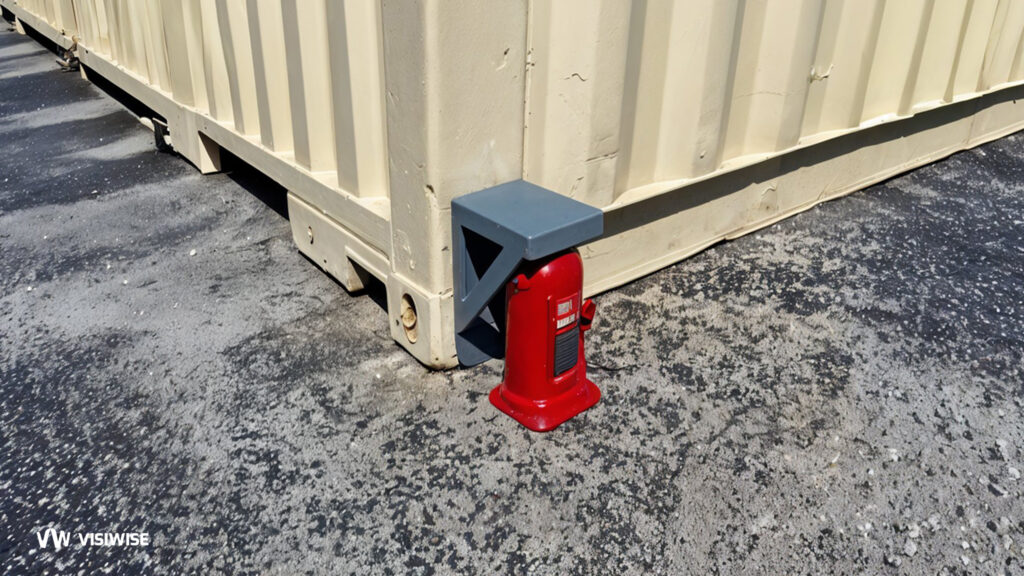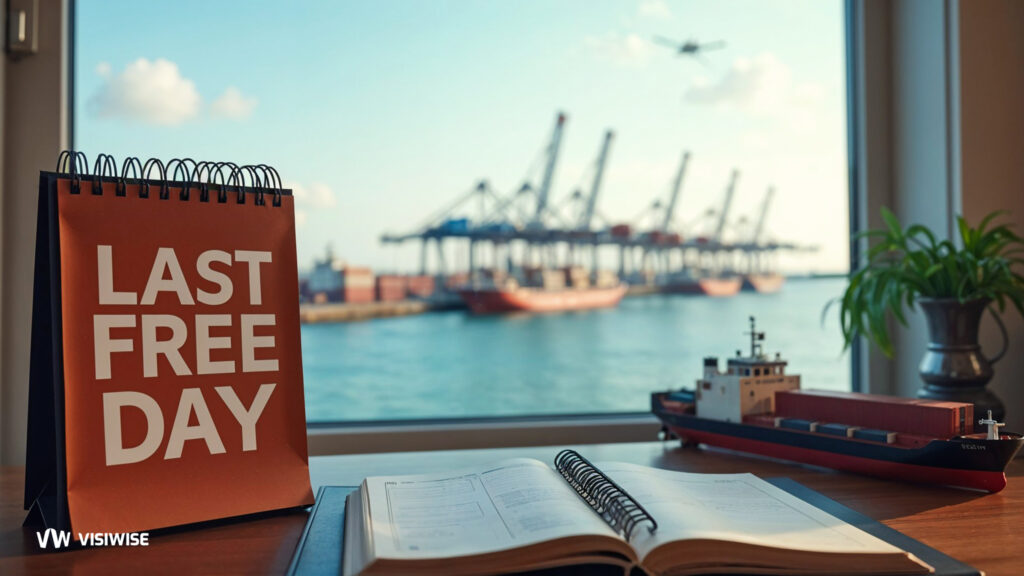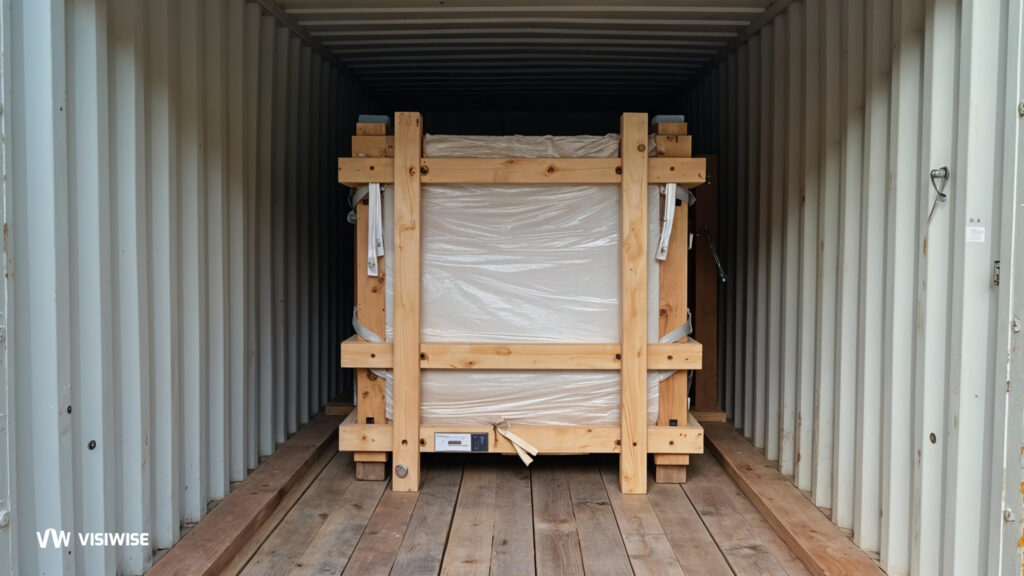The “5 Days Before” Rule: Stop Demurrage Before the Ship Docks
The Ultimate 2025 Guide to Per Diem, Detention, Demurrage & Storage Charges in Container Shipping
Demurrage and per diem are two of the most confusing—yet costly—charges in container shipping. While both relate to time limits on using containers, they apply at different stages of the logistics process. In this guide, we break down what each fee means, how they’re calculated, and the best strategies to avoid unexpected charges and keep shipping costs under control.
Improving Container Flow Through Street-Turns in Shipping Logistics
In this blog post we explain what the Street-Turn is in intermodal shipment and how it works.
Tilt-Bed, Flatbed, or Chassis? How to Choose Your Container Trailer
Shipping container delivery doesn’t need to be complicated. From tilt-bed trucks to flat-beds and chassis, this guide breaks down your delivery options based on your property, container size, and budget—using plain language, not industry jargon. Find the method that fits your needs and avoid hidden costs.
The Invisible Backbone of Your Daily Life: Container Chassis
In our era of instant deliveries, chassis availability often makes or breaks supply chains. Ports grind to a halt without enough units, while truckers lose precious hours hunting for available ones. That’s why smarter chassis management systems are revolutionizing how these essential assets circulate.
How Long Does It Really Take to Cross the Pacific by Cargo Ship?
Crossing the vast Pacific Ocean by cargo ship is no small feat. Depending on the route, weather conditions, vessel speed, and port congestion, the journey can take anywhere from 12 to 30 days
In this article, we explore the factors that influence transit time and how global trade logistics adapt to ever-changing maritime conditions.
Shipping Container Delays in 2025: Causes, Impacts, and Solutions
Shipping delays are more than just a nuisance—they can seriously disrupt your business operations. This article explores the key causes of container delays in 2025, the consequences for supply chains, and practical solutions to stay ahead of disruptions.
How to Level a Shipping Container: A Simple Guide
This guide consolidates expert tips and community experiences to walk you through the leveling process step-by-step.
Understanding the Last Free Day (LFD) in Container Shipping
This post highlights how many free days cargo owners or NVOCCs get, the processes and items involved, and how they can leverage visibility technology to proactively plan for the last free day and ensure they avoid the detention and demurrage charges that can significantly damage customer relationships and ruin already-thin margins.
How to Move a Shipping Container with a Tractor: A Practical Guide
This guide walks you through the safest, easiest way to move a shipping container with a tractor—without wrecking your land or your equipment.
The Ultimate Guide to Container Blocking & Bracing: How to Ship Cargo Without the Headaches
Damaged goods mean more than just frustration—they lead to insurance nightmares, wasted time, and unhappy customers. But with the right techniques, you can avoid the chaos. This guide breaks down the must-know strategies, materials, and regulations to make sure your cargo arrives as safely as it left.

